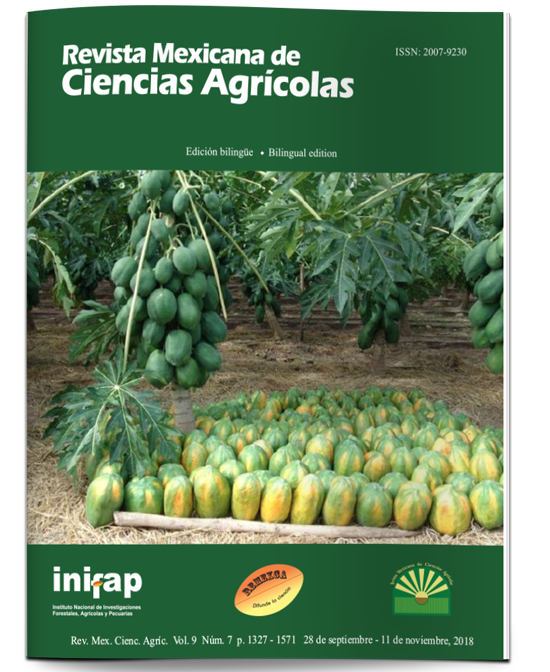Use of Saccharomyces cerevisiae to control the quantity and quality of water in white shrimp culture
DOI:
https://doi.org/10.29312/remexca.v9i7.1669Keywords:
aquaculture, nitrogen compounds, yeastAbstract
We evaluated the effect of BlueEnergyRent product based on yeast Saccharomyces cerevisiae and molasses, on the cultivation of white shrimp Litopenaeus vannamei, determining the impact on water quality parameters, and productive. The experiment was carried out at the Acuilan aquaculture farm, located in La Antigua, Veracruz, Mexico, in 2015. In the shrimp culture, 1.5 g/m3/day of the active molasses-yeast mixture was added as the first treatment and a daily dose adjusted based on the total ammoniacal nitrogen in the second treatment. Both were compared against a treatment with constant water flow. It was observed that BlueEnergyRent did not negatively affect the quality of the water, the productive parameters presented better levels with the treatment based on the total ammoniacal nitrogen, and it was possible to reduce the consumption of water for each kg of shrimp produced to 3.9 m3 kg-1. Healthy organisms with normal growth were harvested with a feed conversion ratio of 1.19. By using BlueEnergyRent the use of water is improved without affecting crop performance.
Downloads
Downloads
Published
How to Cite
Issue
Section
License
The authors who publish in Revista Mexicana de Ciencias Agrícolas accept the following conditions:
In accordance with copyright laws, Revista Mexicana de Ciencias Agrícolas recognizes and respects the authors’ moral right and ownership of property rights which will be transferred to the journal for dissemination in open access. Invariably, all the authors have to sign a letter of transfer of property rights and of originality of the article to Instituto Nacional de Investigaciones Forestales, Agrícolas y Pecuarias (INIFAP) [National Institute of Forestry, Agricultural and Livestock Research]. The author(s) must pay a fee for the reception of articles before proceeding to editorial review.
All the texts published by Revista Mexicana de Ciencias Agrícolas —with no exception— are distributed under a Creative Commons License Attribution-NonCommercial 4.0 International (CC BY-NC 4.0), which allows third parties to use the publication as long as the work’s authorship and its first publication in this journal are mentioned.
The author(s) can enter into independent and additional contractual agreements for the nonexclusive distribution of the version of the article published in Revista Mexicana de Ciencias Agrícolas (for example include it into an institutional repository or publish it in a book) as long as it is clearly and explicitly indicated that the work was published for the first time in Revista Mexicana de Ciencias Agrícolas.
For all the above, the authors shall send the Letter-transfer of Property Rights for the first publication duly filled in and signed by the author(s). This form must be sent as a PDF file to: revista_atm@yahoo.com.mx; cienciasagricola@inifap.gob.mx; remexca2017@gmail.
This work is licensed under a Creative Commons Attribution-Noncommercial 4.0 International license.



